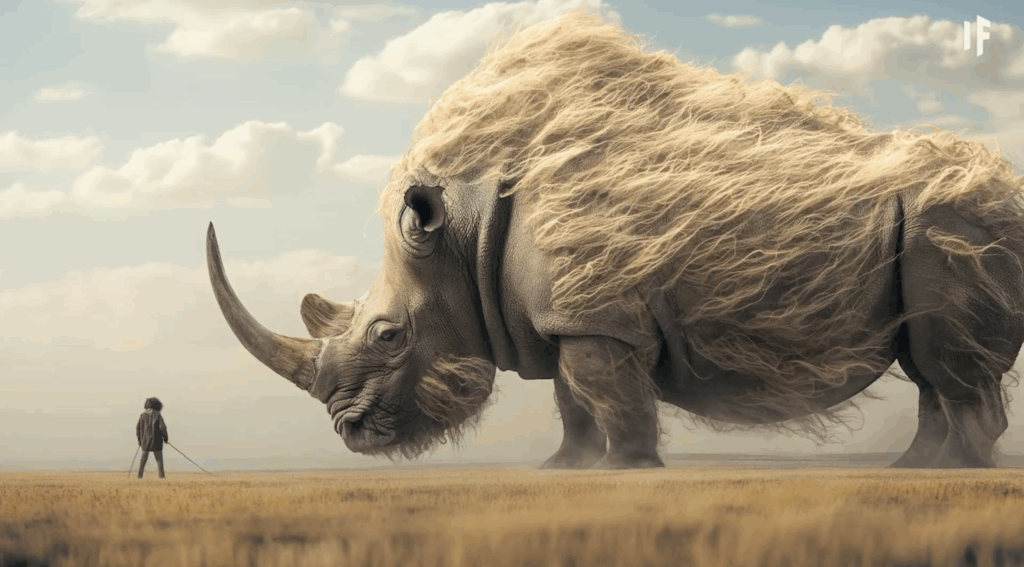Imagine pulling into a drive through and seeing Woolly Rhino burgers on the menu. It might sound strange today, but thousands of years ago, our ancestors depended on this massive Ice Age creature for food, tools, and clothing.
The Woolly Rhinoceros disappeared around fourteen thousand years ago. But what if it never had?
Here are eight surprising ways the world would be different if the Woolly Rhino still roamed the Earth today. Its presence would shape modern ecosystems, challenge farming practices, and even impact global conservation strategies. We would be living alongside a living relic of the Ice Age.
1. These Giants Would Bring Traffic to a Halt

Woolly Rhinos were huge. They stood about two meters tall and grew up to five meters long. That is about the size of a large canoe, but covered in thick fur with two powerful horns.
Weighing as much as two thousand seven hundred kilograms, these animals would be impossible to ignore. If one chose to lie down in the road, your daily commute would come to a stop. Entire neighborhoods might have to build barriers or underpasses just to keep them from wandering through busy streets.
Next page for Number 2!!

















